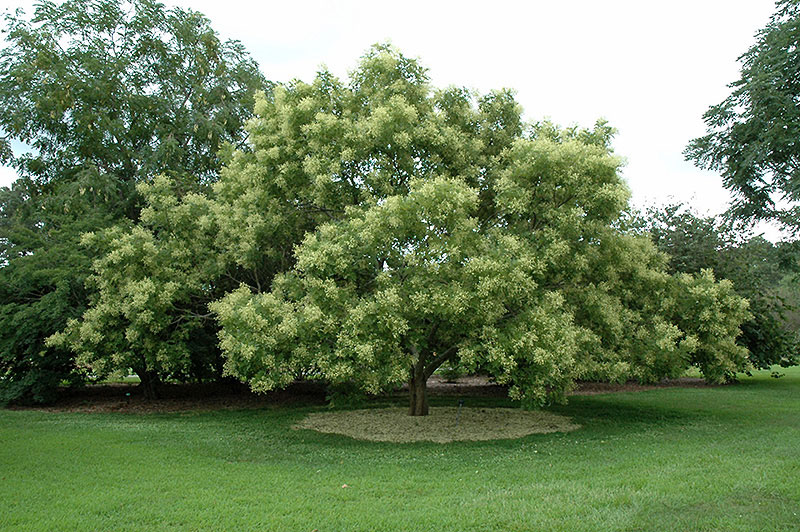japanese pagoda tree pros and cons
Japonicum japonica Hardiness Zones 4 to 8 Growth habit. A tendency common between trees bred for aesthetic enjoyment.
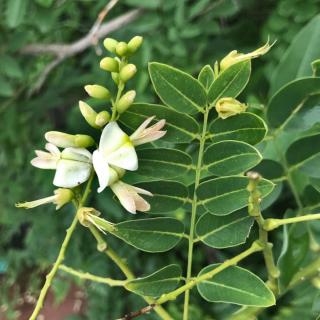
Japanese Pagoda Tree An Elegant And Airy Slow Growing Giant For Parks
The wood of pagoda tree is weak.
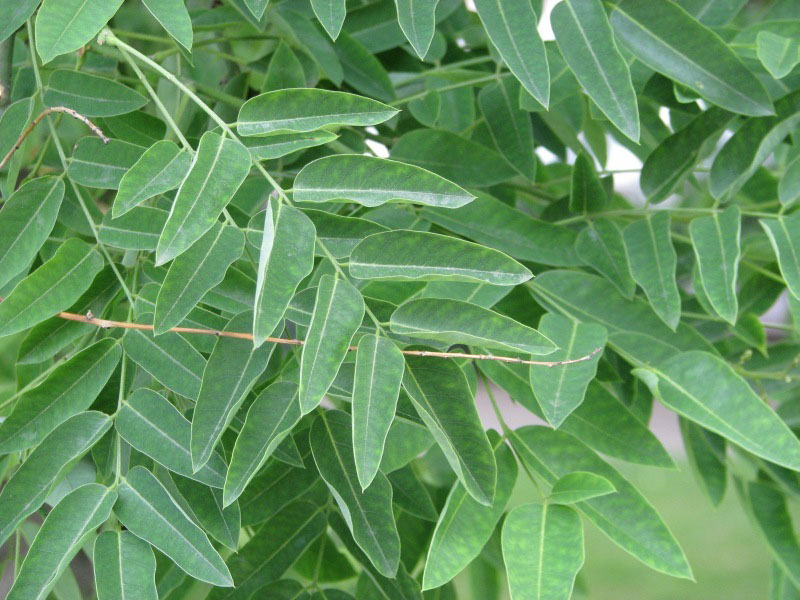
. Japanese Pagoda Heritage Tree. Three pros so far. 12 rows The Japanese pagoda tree has outstanding ornamental value can be grown in a wide variety of.
50 - 82 Other. The modifying action of the Japanese pagoda tree Sophora japonica and pantocrine in radiation lesions. Japanese pagodas took the form of a tall tower.
Pros and Cons of the Mimosa Tree. While some parts of the pagoda tree are edible the peas are toxic and should not be consumed. In addition to landscaping the pagoda tree s flowers have medicinal qualities.
The growth of Japanese Pagoda trees requires adequate nutrients. The seeds of the pagoda tree are POSSIBLY UNSAFE for most people when taken by mouth. Pagoda tree fruit is used as an anti-inflammatory for red eyes irritability temper insomnia and other conditions in need of cooling properties.
The bark of the tree is moderately coarse adding winter interest. There is a spectacular weeping form but sadly it does not bloom very much if at all. Unfortunately planting a Chinese pistache tree also comes with some cons including its susceptibility to root rot and verticillium wilt its cold weather intolerance and its rather awkward appearance before maturation.
Tree form is variable from upright to spreading. Though a member of the Fabaceae the pagoda tree does not fix atmospheric nitrogen through symbiosis with rhizobia bacteria. Clay loam sandy soils.
Trees do best in areas with full sun or partial shade and moderate amounts of water. The tree grows to be 40 60 feet tall with a spread of 40 60 feet. 50 - 70 Site characteristics.
Japanese Pagoda Tree Chinese Scholar Tree SCIENTIFIC NAME. During the growing season of Japanese Pagoda trees sprinkled a little granulated manure around the pot soil and then watered it. But pagoda tree seeds are possibly unsafe for most people.
Japanese Pagodas - five floors to eternity. Planting the Japanese pagoda tree A major advantage of Sophora japonica is that it doesnt have very stringent requirements to grow. Finely textured branching its as if I am looking through a gigantic dandelion seed head light shade and size.
The Japanese Blueberry Tree scientifically known Elaeocarpus Decipiens is a medium-sized evergreen tree that can be grown in USDA zones 9A 11. Studies on the interaction of the Sophora japonica lectin and concanavalin A with erythrocytes and lymphocytes. The pagoda tree is not affected by any serious pests.
Japanese pagoda trees grow at a moderate rate and should be topped in time to promote branching during seedling growth. This ornamental tree is native to China Korea and Vietnam. It is an Asian species that can be grown in US.
Its native to South Japan South China and warmer areas of South Korea and prefers partial sun to full sun and well-drained soil. 5b - 9a Wetdry. The 7 floors of the pagoda symbolize the 7.
The Japanese pagoda tree is often grown as a shade tree in lawns or on patios however flowers and seedpods often leave stains on pavement. Earth water fire wind and emptiness heaven. It usually grows 25 to 35 feet tall but can sometimes reach heights of up to 100 feet.
A medium-sized tree to 65 feet in height usually broad rounded crownNative of China and Korea introduced to Japan and often planted around Buddhist temples for its showy flowers. Plenty of fragrant summer flowers on a large tree should be reason enough to try a Japanese Pagoda tree. In the five-story pagoda each floor symbolizes one of the five elements.
See it on the map. Tolerates drought Native range. The seeds might cause serious side effects.
Regent rapid growth profuse. It is also used to promote urination treat rosacea and treat dysentery. You may ask and answer a query.
Your Query - This is a community service. The trees compound leaves which range from 6 to 10 inches in length contain 7 to 17 ovate dark. Frozen spring growth which I.
Special Precautions and Warnings. East Experiment Station East side. Paul Campus and is part of the butterfly garden south of Green Hall.
Mimosa Albizia julibrissin is a small deciduous tree with puffy pink flowers and a fast growth rate. Though it can adapt to nearly any growing environment youll have the best results with deep soil the less chalky the better and lots of warmth and full sun. This particular tree is one of three planted on the St.
Princeton Upright upright. Pagoda Tree Flower helps in treating red eye which caused due to excessive Liver heat. The seeds might cause serious side effects including facial swelling or death.
It consists of an odd number of repeating floors that decrease in regular proportions. It provides excellent shade and its leaves turn a brilliant orange-red in the fall making it the perfect autumn tree. Styphnolobium japonicum.
Some identifying characteristics are its oval leaflets gray-brown bark and shiny green twigs. Attractive cream-colored flowers in late July.
Pagoda Tree Styphnolobium Japonicum
:max_bytes(150000):strip_icc()/japanese-pagoda-tree-care-5186863-02-40fc3009a3e544499b255f71c2f98b8a.jpg)
Japanese Pagoda Tree Care And Growing Guide

Japanese Pagoda Tree Facts Japanese Pagoda Family Name Japanese Pagoda Amazing Gardens Dream Garden
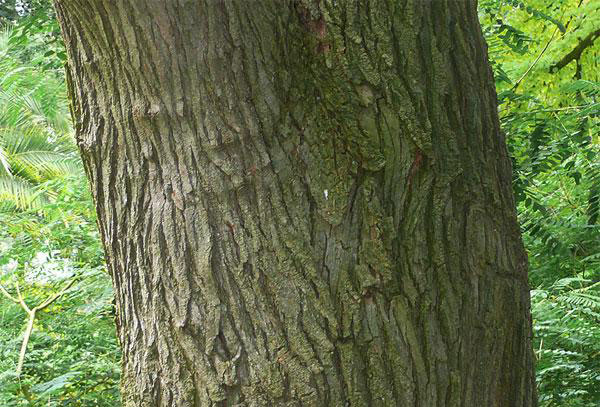
Pagoda Tree Facts And Health Benefits

Pagoda Tree Facts And Health Benefits
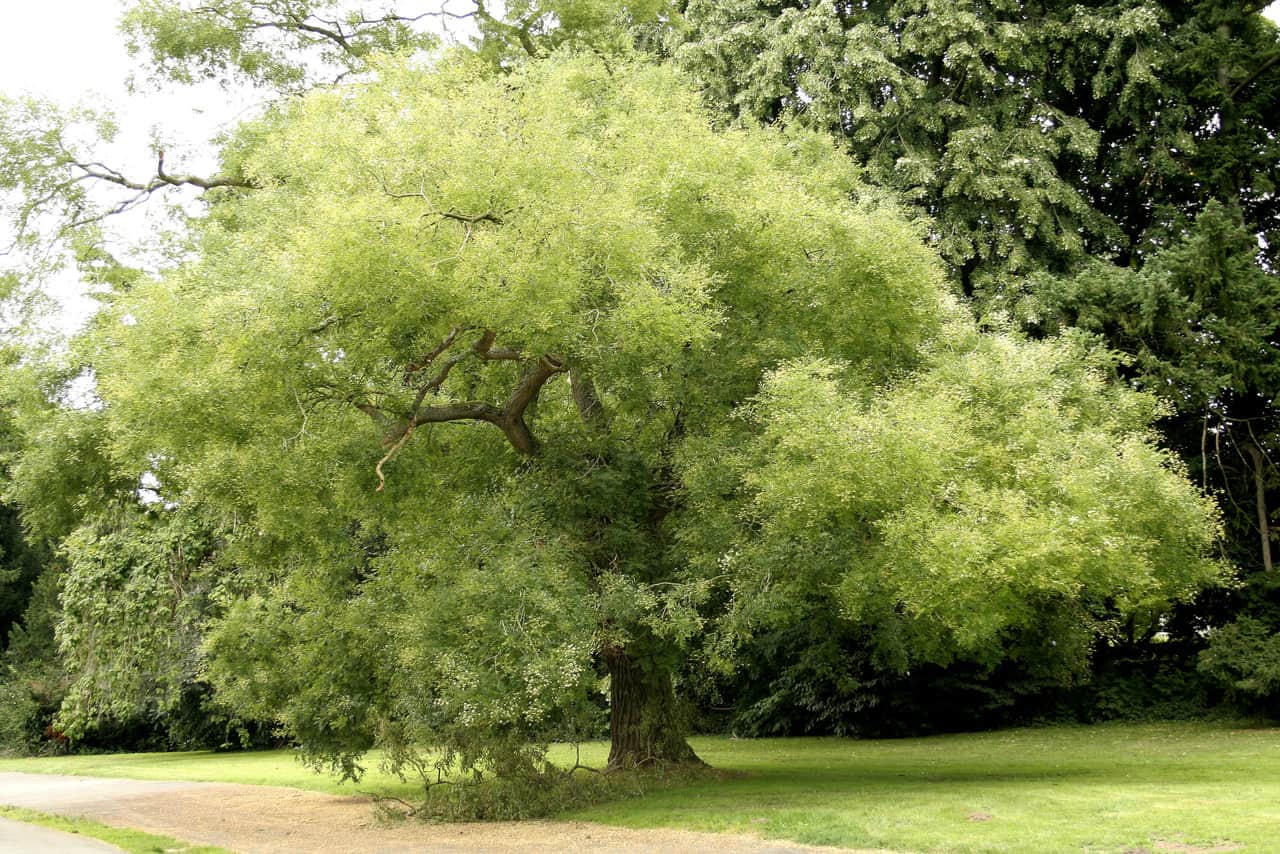
17 Best Flowering Trees For Oklahoma Yards Progardentips

Japanese Pagoda Tree Care Maintenance Instructions Cool Garden Ideas

Tree Of The Month Japanese Pagoda Tree Casey Trees

Styphnolobium Japonicum Tree Seeds Japanese Pagoda Tree Seeds For Sale Tree Seeds Shrub Seeds Flower Seeds Vine Seeds Herb Seeds Grass Seeds Vegetable Seeds
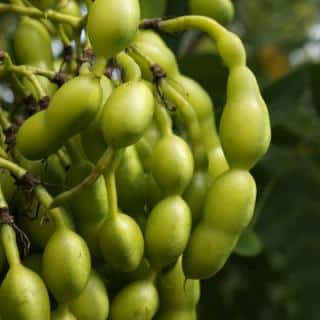
Japanese Pagoda Tree An Elegant And Airy Slow Growing Giant For Parks

Poster Su S Poster Pushkar Poster 24x18in In 2021 India Rajasthan Flowers
/japanese-pagoda-tree-care-5186863-hero-b959bcf0d99349dcaef36a3b9e0cfeb0.jpg)
Japanese Pagoda Tree Care And Growing Guide

Japanese Pagoda Tree Care Maintenance Instructions Cool Garden Ideas

Japanese Pagoda Tree Care Maintenance Instructions Cool Garden Ideas

Learn About Pros And Cons Of Planting Maple Trees Maple Tree Landscape Maple Tree Trees To Plant
Pagoda Tree Styphnolobium Japonicum

Pagoda Tree Facts And Health Benefits
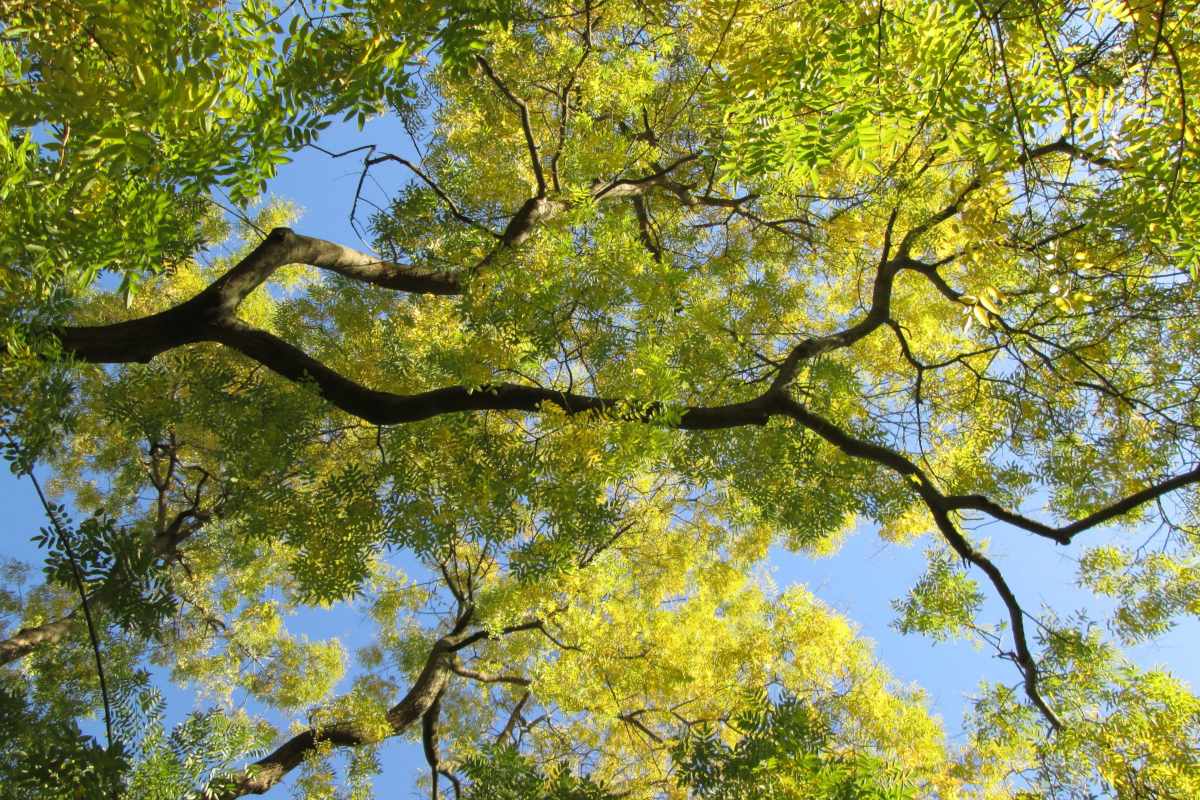
Japanese Pagoda Tree An Elegant And Airy Slow Growing Giant For Parks
